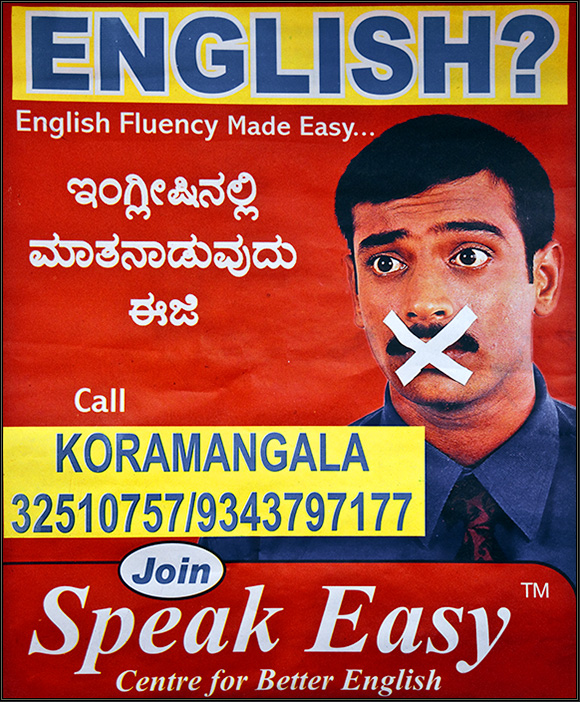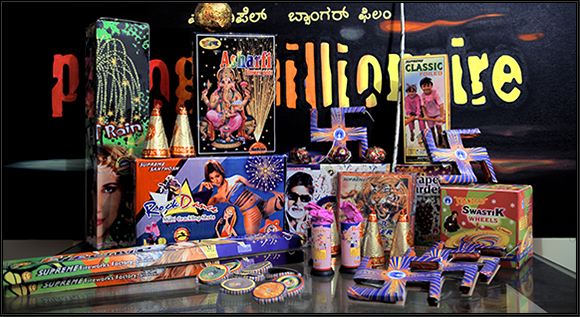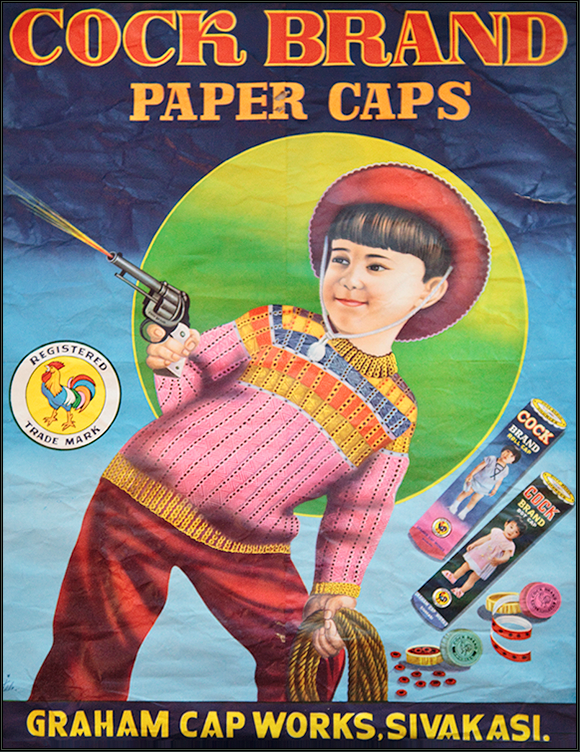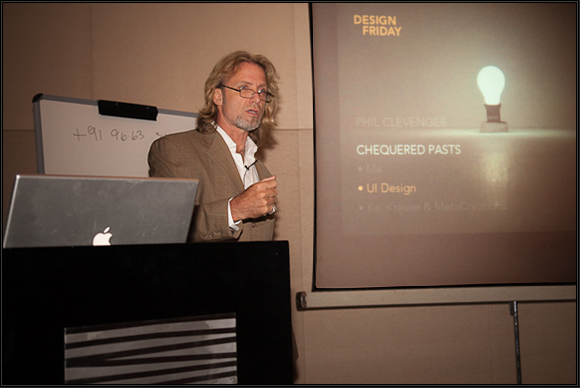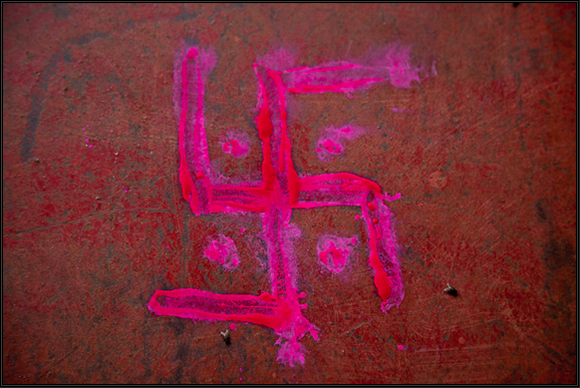In September I returned to San Francisco for a couple of weeks to spend time with my dearest friends Bill and Maggie Weir. Bill gave me away at our wedding, and Maggie is my long-standing partner in radio crimes.
A little more than a year ago Bill was diagnosed with glioblastoma – a wicked type of brain cancer. It’s been a difficult year for everyone who loved Bill, and there are many. Maggie and the children, Sophie, Walker and Logan have ridden out the storm with a grace and strength no one should have to muster. It was a true gift to spend time with Bill in his last weeks. Though bed-ridden and uncomfortable, his positive attitude still shined through.
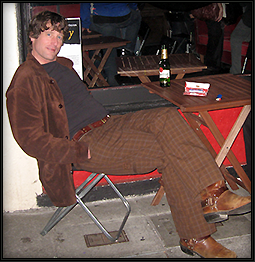
Bill Weir passed away on October 8th, 2009. He was a true star. Full of life and love and a spark no one ever imagined would go out so soon.
My trip home was a sad one, then; but it was tempered by great meals and wonderful visits with friends and family, I even got to do a couple of radio shows at Pirate Cat.
Meanwhile, back in India, Phil was battling his first bout of serious food poisoning, which segued into a throaty chest cold that had swine flu written all over it. He was sick the entire time I was gone. When I returned to Bangalore he looked twenty pounds thinner and still had greenish circles under his eyes.
We were both ready for a vacation.
![]()
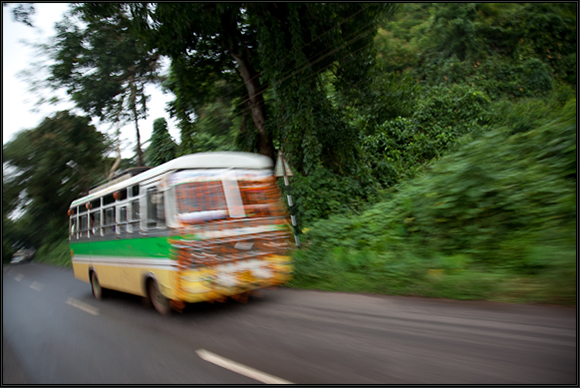
.
We head northwest from Bangalore to Goa on a grueling overnight bus with air conditioning – massive amounts of arctic air conditioning. It is so cold, and the AC is blowing at such gale force, that we have to pull blankets over our heads to sleep. A lot of road travel is conducted at nighttime in India, but I’m not sure of the value exactly. At nighttime the roads are jammed with trucks playing chicken with each other. Seriously, ninety percent of the time when you look out the front window, something, a car, a truck, a bullock cart, an elephant, a camel, is headed straight for you. This isn’t really any different from day time driving, except that when you arrive at your destination you are wrecked and lose the first day to sleep.
We arrive in Palolem, on Goa’s southern coast, and immediately rent a delicious, black, 350cc Enfield Bullet Classic, and find a room at the beautiful Bakhti Kutir, an eco-resort in the jungle that looks like it’s been built by gnomes. For a couple of days we bodysurf and wander through the tiny beach town, and eat fresh seafood. On the third day we head north, to explore Goa’s coast.
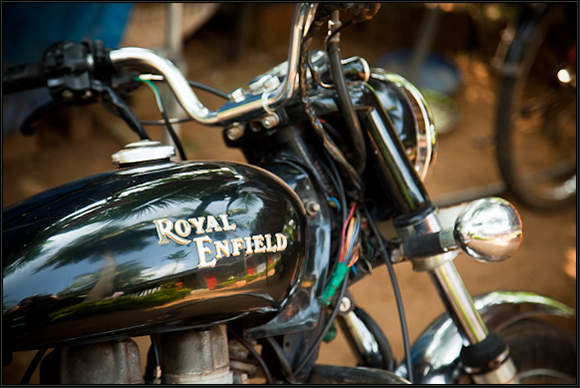
.
Burning your calf on the exhaust pipe of a motorcycle is something everyone who rides bitch does – once. My first time hurt insanely bad for six weeks and took two rounds of antibiotics before finally healing. I have to admit I’m more than a little proud of that dark oval on my leg. It feels like a cosmic tattoo, something that will always remind me of our time in India. That first burn was a badge of honor. My second burn, which I achieve before we even get out of Palolem, feels more desperate, like I’m pounding on the door of the Hell’s Angels clubhouse, begging them to let me join.
I bandage my leg and we ride up the coast under a sunny sky. the ocean air reminds us of Santa Barbara, and the sun is turning both of us pink. We spend that night in the Goan state capitol of Panjim, where we finally strike gold in our search for the classic Goan cuisine we’d heard so much about, at a strange little place with a Portuguese-Indian proprietress.
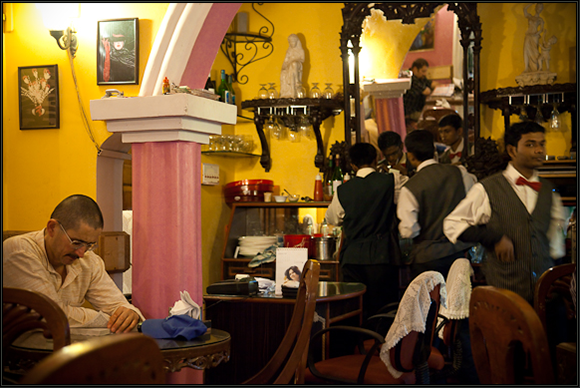
.
From Panjim we head inland to beautiful
In India, Hindu temples are generally as ubiquitous as cows, but in the state of Goa, the sacred temples are far outnumbered by majestic Catholic churches, a legacy of the Portuguese. Outside of the giant Basilica of Bom Jesus, which holds the sacred remains of St. Francis of Xavier, men sell cast wax body parts. Low tables with boxes full of small translucent legs, arms, heads, lay alongside fist-sized hearts and Barbie-sized whole bodies.
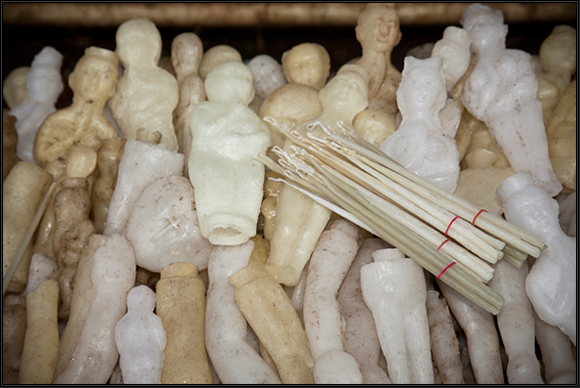
.
Like the Mexican Milagros, the idea is that you buy a body part to symbolize the part that ails you, and melt in on the outside altar of the church. I buy a leg, and place it on the altar and watch it blaze and melt away. Something about burning a leg to magically heal the burn on my leg seemed more wrong than poetic, but when it comes to religious voodoo, I am never the skeptic. I’ll try anything.
We light candles for Bill.
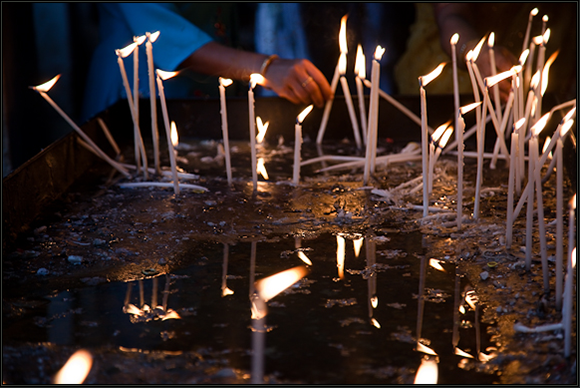
.
From Old Goa we hop back on the bike and head back to the coast and north again, up to the tiny town of Baga, hoping to find a little of the rave glam we’ve been hearing about for the past twenty years.
In the evening, we sit on Baga Beach at a low table smoking from a hookah, drinking piña coladas and watching layers and layers of waves slide to the shore in the moonlight. The night air is beautiful and blowing gently in all directions at once. Families and young men crowd around tables dining, amidst great clouds of sheesha smoke. The beach is full of people with glowing red horns – children, old men, fat ladies in saris, young men in tight shiny shirts, nearly everyone at every table glows crimson, while the Eagles greatest hits play on the sound system. This isn’t exactly what we’d expected from the rockin’ rave reputation that the word “Goa” still invokes, but right now, it’ll do.
![]()
Tucked in our strange little room, we wake in the middle of the night to the sound of rain. Pounding rain. Hammering Rain. Rain that we’re sure is washing out roads. Rain that we fear will short out everything on the Enfield. Rain that will trap us in our small Catholic room – a room decorated with only a mirror framed with tiny seashells, and a fake Barbie doll dressed in a iridescent gold plastic that circles around behind her like some impossible samba costume. Goa’s Portuguese roots are showing. The whole room looks like it’s waiting for Cindy Sherman’s camera and the junkie models to arrive. I look out the window and can see the road turning into a shallow river. I go back to sleep and dream of the end of the world.
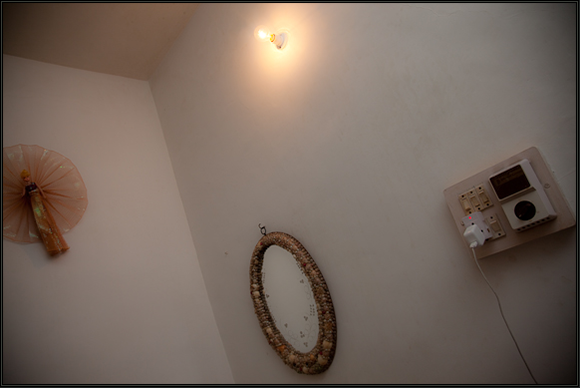
.
A few hours after sunrise, the sky stops pissing down rain. We climb onto the bike to continue our journey north to the next beach town. Almost immediately it starts pouring again, which makes the bike, which has no rear view mirrors and no horn, seem suddenly very dangerous. We ride for only ten minutes before the rain makes it impossible to keep going.
On Baga’s main strip, we pull over, in the shadow of the Sao Joao Batista church, beside a restaurant called the Infantaria. We see the sign and giggle, and know we were thinking the same childish thing: a restaurant that serves babies! Of course, we decide to go in. I climb off the bike on the wrong side and burn my calf again, two inches above the last one. I’m an idiot. They’ll never let me into the club.
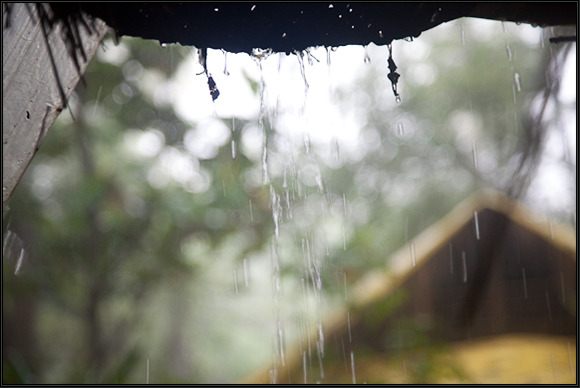
.
We watch the rain from the Infanteria balcony, and the Indian customers watch us. We’re used to being on display, but we fail to see what is so entertaining about watching two waterlogged white people eating chocolate cake, drinking coffee and icing a burn.
Phil discovers espresso shots with vanilla ice cream; they’re so delicious he has three of them, and it’s hours before he takes a breath. He tells me about the creative dynamic between the Carpenters, and how Karen was nothing without Richard telling her what to do. He then segues into listing the bands Todd Rundgren has produced: New York Dolls, Badfinger, Sparks, Grand Funk Railroad, Hall and Oates, Meat Loaf, Patti Smith, XTC, and so many more. He chastises me for having been a Utopia era Todd Rundgren fan, but I stand firm. If music didn’t exist, my husband and I would have a lot less to talk about: we’re the same age, and we were listening to the same things at the same time, at different ends of California, growing up.
![]()
Resigned to the pounding rain, we buy cheap ponchos that make us look like smurfs, and climb back on the Bullet. We aren’t seasoned bikers yet, and fall seriously short in the “packing light” department: I’m carrying a big leather handbag from Barneys New York, which is now ruined, and a second bag; both are filled with wet clothes. I stack the bags one atop the other and sandwich them between us. The extra weight from a backpack jammed with camera gear and toiletries presses my ass even deeper into the hard seat. The rain pours down and leaks through the necks of our ponchos, the puddles splash up our legs, and the moisture meets in the middle.
After an hour of splashing and bouncing and trying to hang on to Phil’s slippery poncho, I whine in his ear.
“I’m cold and I’m wet, and I’m tired of being loaded down like a pack mule. My back aches, my ass is bruised, and my burns hurt…really bad.”
Phil pulls over, stops the bike, and climbs off. Then, in a rogue wave of vacation silliness, he buys an inflatable sun and insists I carry it, too, along with everything else. It’s just a child’s blow-up pool toy, but to him it’s comedy gold. It’s hard to stay grumpy while riding through monsoon rain in a purple poncho clutching an inflatable sun.
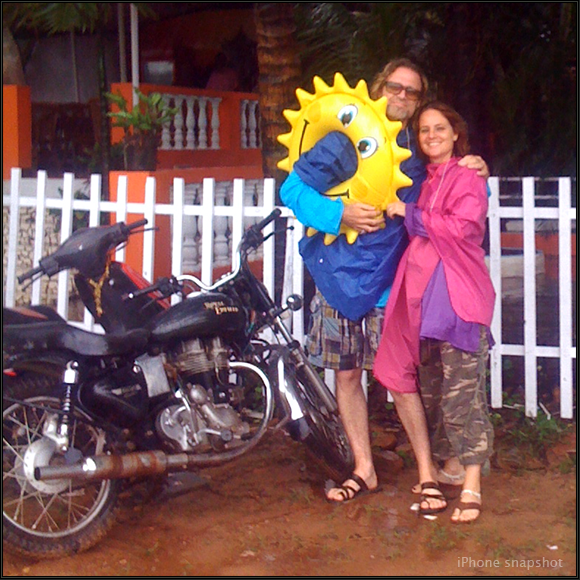
.
We keep on moving through buckets of rain all the way up the northern coastline to Anjuna, our final Goan destination, excited because we’ve been reading about the killer market there, and can’t wait to see something other than the same hippie tourist tat that hangs in all the shop windows up and down the state. The roads are bumpy and my ass is still killing me, we are both drenched and sweaty. And Anjuna – Anjuna turns out to be nothing but a muddy little town on a cliff, with sad stall after sad stall selling the same sad wet crap.
![]()
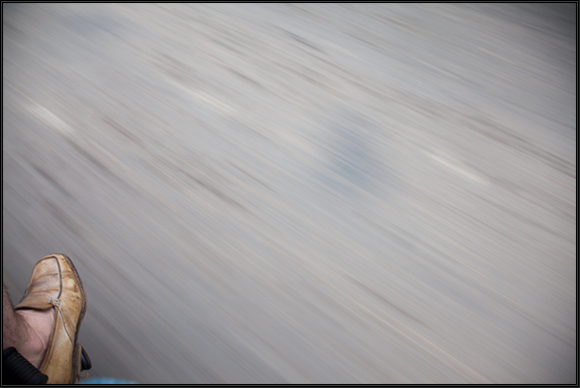
.
The longer we spend in Goa, and the more we see, the more it falls short of our expectations. It’s not that the place isn’t beautiful: Goa kicks Hawaii’s ass and mops the floor with the Florida Keys, but we were expecting a little more of the legendary beach bunny trance pants party scene. We were expecting some debauchery, some action. This is our own fault: shortly after arriving, we found out the “season” doesn’t officially begin for another two weeks. The guidebook mentioned something about seasons, but being from California, we don’t really understand such things. Now, after two days of being relentlessly drenched, we know the difference between monsoon season and not-monsoon season; we now know that the last week of September isn’t at all like, say, the second week of October.
From the second week of October, we are informed, Goa bursts into life. Coconut huts bloom on the sandy beaches, shops that sell everything and nothing line the streets, restaurants set up in the vacant spaces and feed the beach bunnies. Techno music pounds, hippies flock. It’s a great place for the flocking hippies.
But right now, all over Goa, tattered blue tarps and dead palm fronds cling to the sides of last year’s structures. Building rubble looks like it has been thrown around by a set designer trying to create a believable apocalyptic beach scene.
We decide, innocently enough, to head back to Palolem and return to Bangalore a day early…
Continued at: Goan Nomad – Part 2
